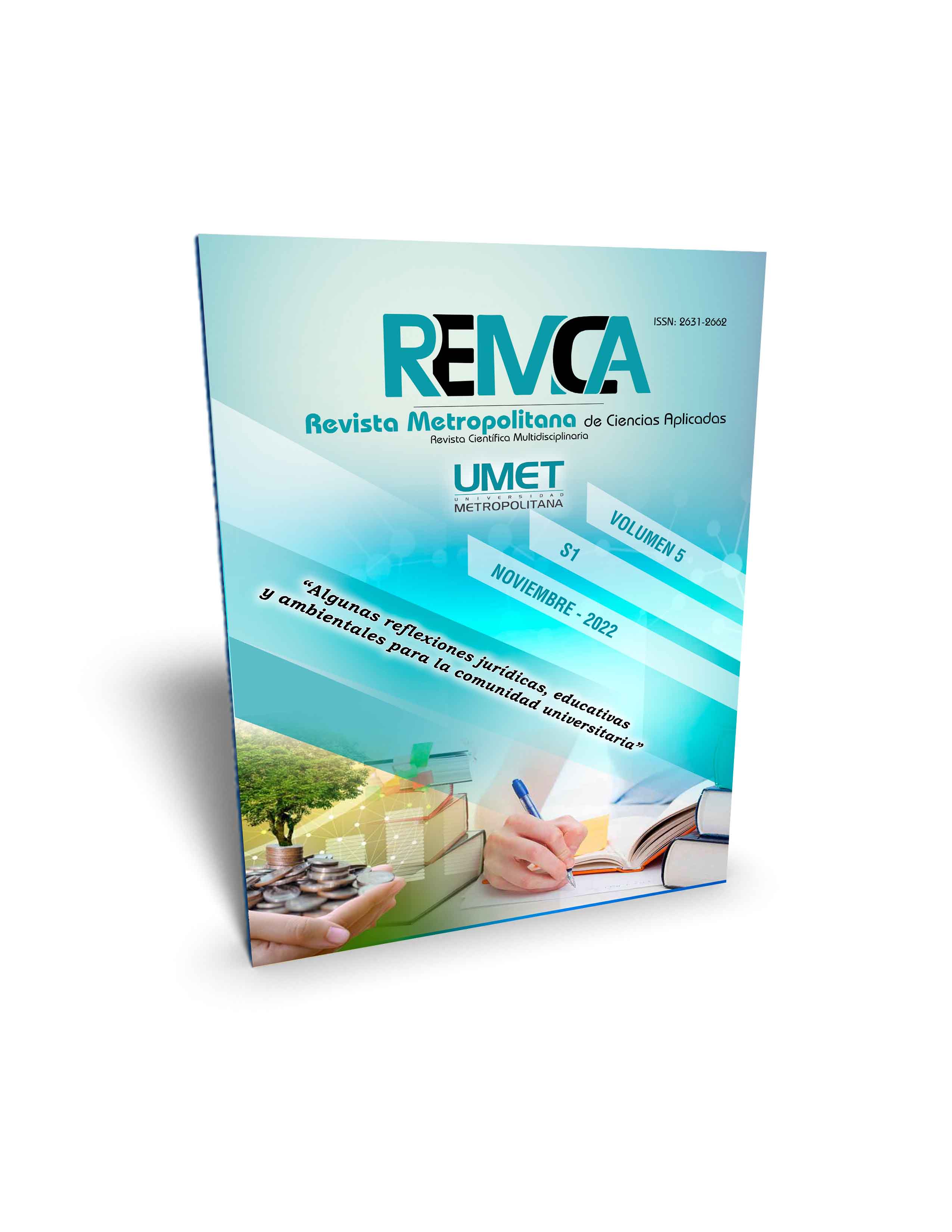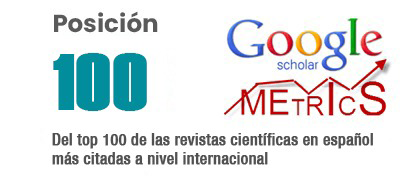The role of the state against forced disappearances of people in Ecuador
DOI:
https://doi.org/10.62452/ycf12x43Keywords:
Enforced disappearance, crime, rights, state responsibilityAbstract
The forced disappearance of people violates a series of rights enshrined in the Universal Declaration and the International Covenants on Human Rights and other important instruments of international humanitarian law. Between 1984 and 2008, around 456 victims suffered serious human rights violations and crimes against humanity in Ecuador, according to the report made by the Truth Commission, 17 people were registered as victims of forced disappearance, of which 13 of them his whereabouts are unknown to this day. This article aims to critically review the role, parameters and actions that the State must carry out in the face of the crime of forced disappearance of persons, analyzing the meaning of this crime and establishing its own characteristics; for which a qualitative study was carried out applying the method of hermeneutics for the interpretation of bibliographic texts.
Downloads
References
Defensoría del Pueblo del Ecuador. (2014). Informe de Labores 2014. Recuperado de http://repositorio.dpe.gob.ec/handle/39000/513
Ecuador. Asamblea Nacional Constituyente. (2008). Constitución de la República del Ecuador. Registro Oficial 449. https://www.oas.org/juridico/pdfs/mesicic4_ecu_const.pdf
Ecuador. Asamblea Nacional. (2003). Código de la Niñez y Adolescencia. Registro Ofical 03-2003. https://www.registrocivil.gob.ec/wp-content/uploads/downloads/2014/01/este-es-06-C%C3%93DIGO-DE-LA-NI%C3%91EZ-Y-ADOLESCENCIA-Leyes-conexas.pdf
Ecuador. Asamblea Nacional. (2009). Ley Orgánica de Garantías Jurisdiccionales y Control Constitucional. Registro Oficial Suplemento 52. https://www.oas.org/juridico/PDFs/mesicic4_ecu_org2.pdf
Ecuador. Asamblea Nacional. (2013). Ley para la Reparación de las Víctimas y la Judicialización de Graves Violaciones de Derechos Humanos y Delitos de Lesa Humanidad Ocurridos en el Ecuador. Registro Oficial Suplemento 143. https://www.dpe.gob.ec/lotaip/pdfjulio/JURIDICO/a2/LO_VICTIMAS.pdf
Ecuador. Asamblea Nacional. (2014). Código Orgánico Integral Penal. Registro Oficial Suplemento 180. https://es.slideshare.net/GaboBba/cdigo-orgnico-integral-penal-231911430
Ecuador. Consejo de la Judicatura. (2012). Resolución 169-2012. https://www.funcionjudicial.gob.ec/www/pdf/resoluciones/2012/169-2012.PDF
Ecuador. Consejo de la Judicatura. (2013). Protocolo de Actuación para la Búsqueda, Investigación y Localización de Personas Desaparecidas, Perdidas o Extraviadas. Registro Oficial 875. https://www.policia.gob.ec/wp-content/uploads/downloads/2019/10/PROTOCOLO-ACTUACION-BUSQUEDA-INVESTIGACIONDE-PERSONAS-DESAPARECIDAS.pdf
Fundación Regional de Asesoría en Derechos Humanos-Asociación de Familiares de personas desaparecidas en Ecuador. (2015). Informe sobre la situación de personas desaparecidas de forma involuntaria y sus familias en Ecuador. INREDH-ASFADEC.
Gómez López, J. O. (1988). Crímenes de Lesa Humanidad. Bogotá D.C, Colombia: Gustavo Ibáñez.
Organización de las Naciones Unidas. (2009). El derecho a la verdad. ONU. https://www.acnur.org/fileadmin/Documentos/BDL/2010/7967.pdf
Organización de los Estados Americanos. (1994). Convención Interamericana sobre Desaparición Forzada de Personas. OEA. https://www.oas.org/juridico/spanish/firmas/a-60.html
Downloads
Published
Issue
Section
License
Copyright (c) 2022 Génesis Romina Toro Paredes, Willam Enrique Redrobán Barreto (Autor/a)

This work is licensed under a Creative Commons Attribution-NonCommercial-ShareAlike 4.0 International License.
Authors who publish in Revista Metropolitana de Ciencias Aplicadas (REMCA), agree to the following terms:
1. Copyright
Authors retain unrestricted copyright to their work. Authors grant the journal the right of first publication. To this end, they assign the journal non-exclusive exploitation rights (reproduction, distribution, public communication, and transformation). Authors may enter into additional agreements for the non-exclusive distribution of the version of the work published in the journal, provided that acknowledgment of its initial publication in this journal is given.
© The authors.
2. License
The articles are published in the journal under the Creative Commons Attribution-NonCommercial-ShareAlike 4.0 International License (CC BY-NC-SA 4.0). The terms can be found at: https://creativecommons.org/licenses/by-nc-sa/4.0/deed.en
This license allows:
- Sharing: Copying and redistributing the material in any medium or format.
- Adapting: Remixing, transforming, and building upon the material.
Under the following terms:
- Attribution: You must give appropriate credit, provide a link to the license, and indicate if any changes were made. You may do this in any reasonable manner, but not in any way that suggests the licensor endorses or sponsors your use.
- NonCommercial: You may not use the material for commercial purposes.
- ShareAlike: If you remix, transform, or build upon the material, you must distribute your creation under the same license as the original work.
There are no additional restrictions. You may not apply legal terms or technological measures that legally restrict others from doing anything the license permits.




